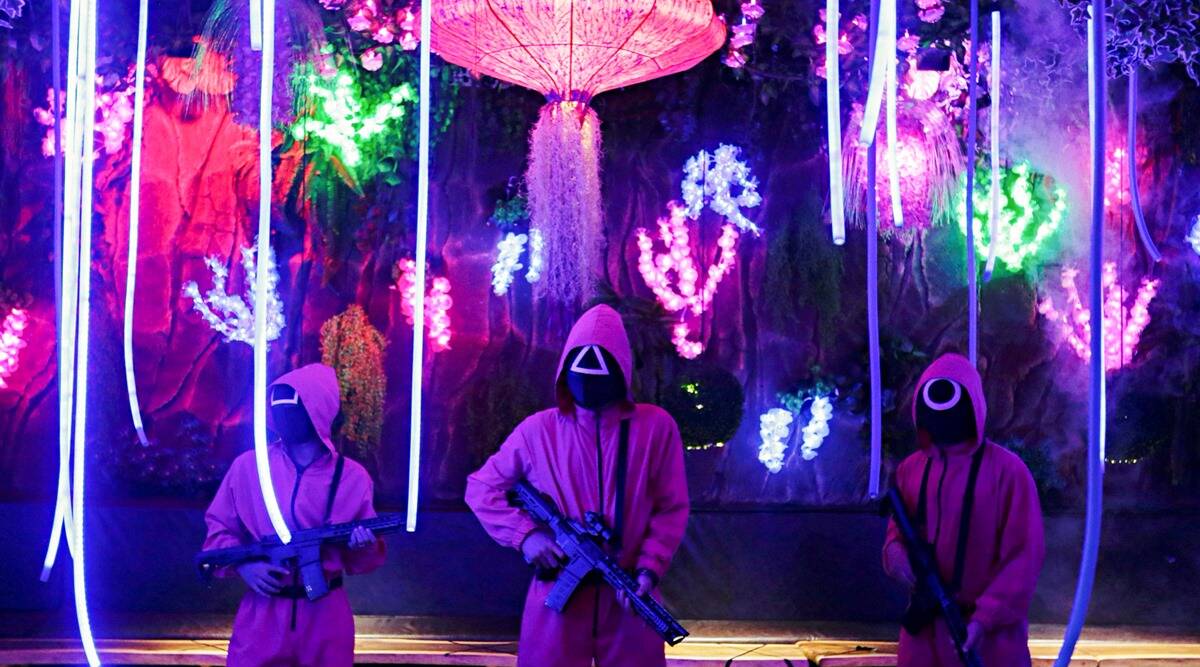The psychology of wearing long blonde wigs based on skin tone perceptions is an intriguing area of study that explores how hair color can influence our perceptions and emotions.
Hair is a crucial aspect of one’s identity and self-expression, and choosing to wear a long blonde wig can have significant psychological implications for individuals with different skin tones.
Let’s delve into some key psychological factors in this fascinating phenomenon!
Cultural Associations and Media Influence
Throughout history, many cultures have often associated blonde hair with beauty, youthfulness, and femininity. Media representations, particularly in Western societies, depict blonde individuals as attractive and desirable.
These cultural associations can influence how people perceive themselves and others when wearing long blonde wigs. Individuals with various skin tones might internalize these cultural ideals and seek to embody them by adopting a blonde appearance.
Self-Perception and Confidence
Wearing a long blonde wig can impact an individual’s self-perception and confidence. Some individuals might feel empowered and more confident in their appearance when wearing a wig that aligns with societal beauty standards or personal preferences.
On the other hand, others might experience insecurities or doubts about their choice, especially if it conflicts with their natural hair color or skin undertones.
Attractiveness and Attention
Blonde hair is often associated with attractiveness, and wearing a long blonde wig may attract more attention from others. This newfound attention can evoke different emotions and reactions, ranging from feelings of flattery to discomfort. Some individuals might enjoy the positive attention, while others may feel self-conscious about being the center of focus.
Social Perception and Stereotypes
Wearing a long blonde wig can also influence how others perceive the individual. Unfortunately, societal stereotypes may play a role in shaping these perceptions.
Some people might make assumptions about their personality, intelligence, or social status based on appearance. These stereotypes may vary based on the individual’s skin tone, leading to different social experiences for those with diverse backgrounds.
Empowerment and Identity Exploration
For some individuals, wearing a long blonde wig might represent an opportunity to explore different aspects of their identity. Changing hair color can be a way to experiment with new looks and personalities without making permanent alterations. It can offer a sense of empowerment and control over one’s appearance.
Emotional Attachment to Hair Color
Hair color can have deep emotional attachments for some individuals. Wearing a long blonde wig, especially for those with contrasting natural hair colors, can be emotionally complex. It may evoke nostalgia, longing for a different appearance, or a desire to embrace a new persona.
Breaking Stereotypes and Challenging Norms
Wearing a long blonde wig as someone with a different skin tone can challenge traditional beauty norms and stereotypes. It can be a statement of individuality, breaking away from societal expectations and embracing uniqueness. This act of defiance may come with its own psychological implications, including feelings of empowerment and resilience.
Conclusion
The psychology of wearing long blonde wigs based on skin tone perceptions is a multifaceted subject that touches on cultural influences, self-perception, confidence, societal stereotypes, and individual empowerment.
The decision to wear a long blonde wig can have varying psychological effects, depending on the individual’s personality, cultural background, and motivations. Understanding these psychological factors can help us better appreciate the complexities of hair color choices and their role in shaping our self-identity and interactions with the world.










